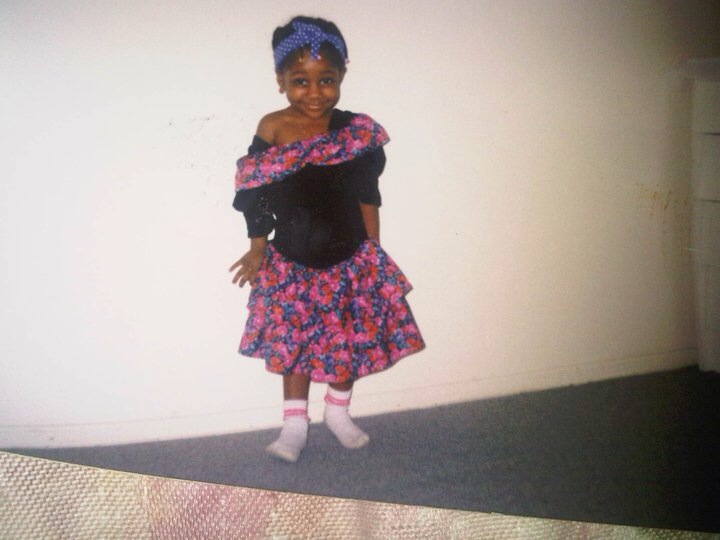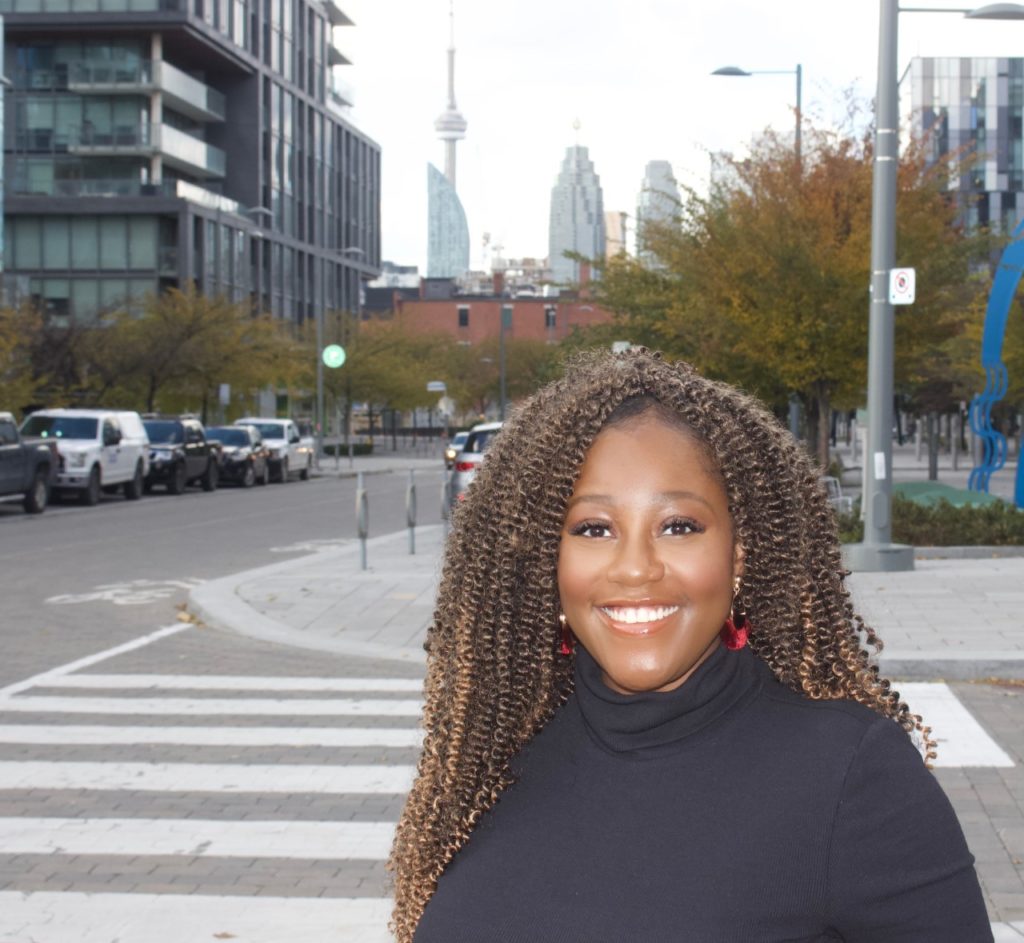UK-born, Canada-based activist Muluba Habanyama wears a variety of hats. As a journalist, she possesses a unique ability to captivate audiences with her storytelling prowess, while also working as a content creator and advocate for change. Having been diagnosed with HIV at age 2, Muluba has become a positive force in addressing misconceptions about the virus, which was once seen as a death sentence before scientific breakthroughs significantly altered its malignant course. Working with CANFAR—a leading HIV/AIDS organization in Canada that recently celebrated the 25th anniversary of its Bloor Street Entertains fundraiser—Muluba is using her own experiences with being HIV positive to help raise awareness of the virus.
S/ recently spoke with Muluba about how her work with CANFAR is beneficial in addressing various concerns around HIV prevention and treatment, as well as her personal plight to end stigmas around the virus that are still socially prevalent.
You were born with HIV and kept your status secret for much of your youth. What led you to be open about your status and become an activist?
“I kept my status private, not a secret—it wasn’t anyone’s business to be honest. When I decided to share my status so publicly, I was going to school for journalism. I was asking people to be vulnerable and share their stories. Also, I noticed my peers at school were not aware of the advancements with HIV research and treatment.
“All this made me take a step back and decide to share my own story and in turn build awareness about the advancements. It was a freeing experience and one I decided to do for myself. I do want to note that it was my decision to disclose my status so publicly. No one should feel the pressure to do this, it is their personal decision to make.”

You have been a National Youth Ambassador with CANFAR since 2015. How did you get involved with the organization and what does your role entail?
“Previously I was volunteering with organizations that dealt with AIDS wellness, support, and advocacy, such as The Teresa Group. When I decided to go public with my status, it was in a story for the Toronto Star about my experience. CANFAR took notice and approached me to be an ambassador.
“My role entails sharing my story, helping to destigmatize the virus and build awareness around HIV at CANFAR’s fundraising and advocacy events, and through social media campaigns. I’ve attended industry events, representing CANFAR and making new connections. I won’t be a ‘youth’ much longer so I’m soaking it all in and using anti-aging moisturizer.”
What are some achievements you’re proud of through your involvement with CANFAR?
“I had the opportunity to interview Ontario premier Kathleen Wynne when she was in office. As a former journalism student, it was an amazing experience, especially since Wynne made history when she was elected.
“I also have loved the opportunities representing CANFAR and marching in Toronto’s Pride Parades and joining in the Edmonton AIDs Walk.
“Of course, speaking at and being part of CANFAR’s events, most notably Bloor Street Entertains—which just celebrated its 25th anniversary this year—has been a notable experience. I’ve had the opportunity to see it continually grow and evolve, supporting advancements in the treatment and support of HIV in Canada.”

This year will mark the 40th anniversary of World AIDS Day, as well as the 25th anniversary of CANFAR’s Bloor Street Entertains. What are some goals you have for the next ten years as it relates to HIV awareness, education, and research?
“I want to get more involved in HIV research and really talk more about living and ageing with it. When managing the virus, there is a lot of focus on getting your viral load down to be undetectable and taking your medication, but what else does it mean to be living well with HIV? Yes, you can live a long life if you’re positive, but are you living a healthy one? We are starting to dive into this and there are resources emerging—I want to get more involved in this research.
“I also want to bring more education to the public. I’ve always said I would love to have my own talk show where I can bring attention to causes and help to breakdown the stigma and misconceptions that are still out there. I want to show that people with HIV are just like everyone else.
“I love to educate, I love to communicate, and I want to continue to do the work I’ve been doing.”
Visit CANFAR to discover ways to help end the HIV epidemic in Canada.

